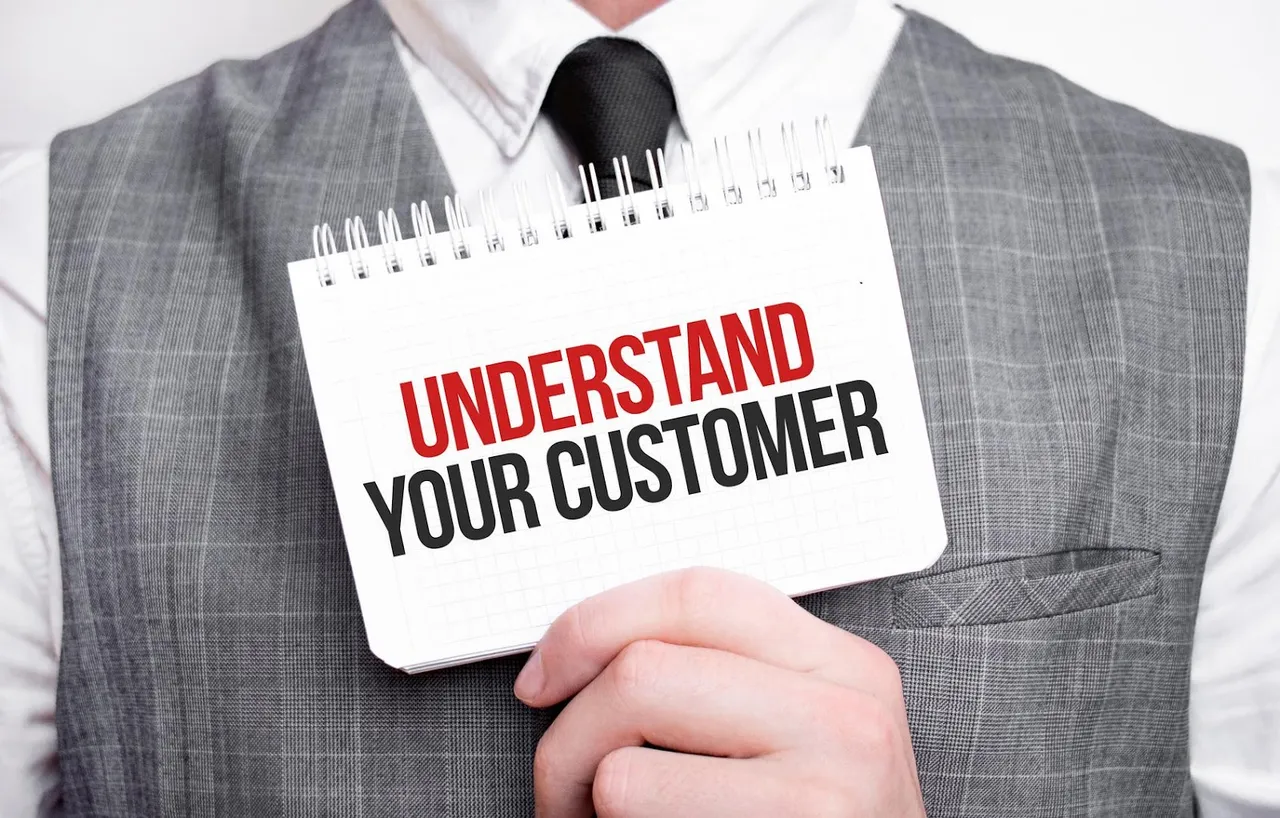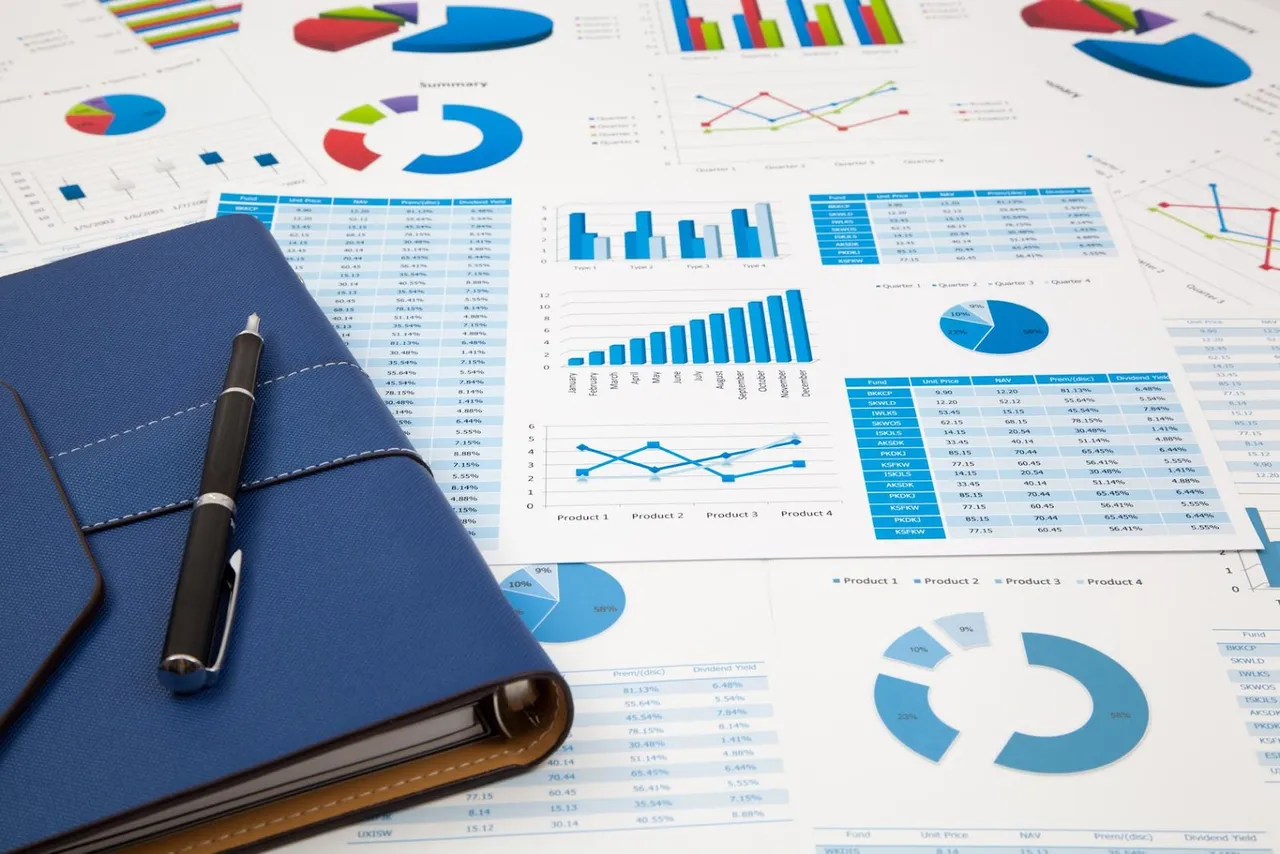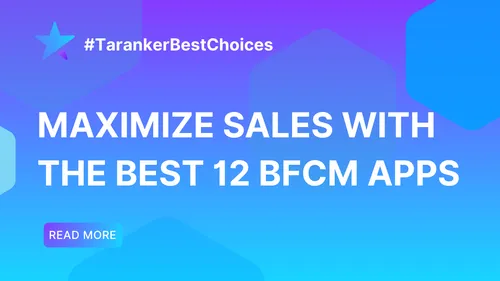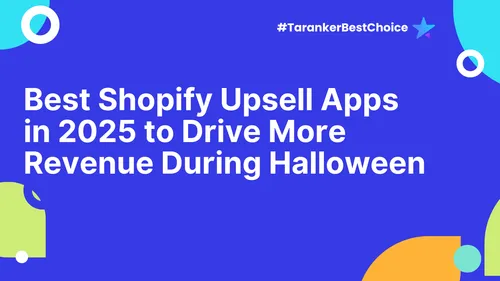In the fast-paced world of e-commerce, understanding your business’s performance is critical for success. Shopify Analytics offers powerful tools that allow store owners to access valuable insights into every aspect of their operations, from sales performance to customer behavior. These analytics can help you identify opportunities, address challenges, and make data-driven decisions that drive growth.
Whether you’re tracking your top-performing products, analyzing traffic sources, or understanding customer demographics, Shopify Analytics provides actionable data to guide your strategy. By leveraging these insights effectively, you can optimize your marketing efforts, streamline operations, and enhance the overall customer experience.
This article explores how to navigate Shopify’s analytics tools, interpret the data they provide, and use that knowledge to grow your business. Whether you’re new to Shopify or looking to maximize its potential, this guide will equip you with the skills to turn your store’s data into a roadmap for success.
1. Monitor Your Store’s Performance Metrics

The Shopify dashboard provides a comprehensive overview of key metrics such as total sales, conversion rates, average order value, and traffic. Regularly tracking these KPIs will help you understand how well your store is performing.
-
Total Sales: This metric shows your gross sales and helps identify trends over time.
-
Conversion Rate: Your conversion rate measures how many visitors are turning into paying customers.
-
Average Order Value (AOV): Monitoring this can help you understand customer spending behavior and find opportunities to increase revenue per order.
Action Step: Use these metrics to compare different time periods (daily, weekly, monthly) and spot trends or potential areas for improvement.
If you’re looking for actionable strategies to further improve product visibility and performance, check out 7 Effective Steps to Optimize Product Listings for SEO on Shopify.
2. Understand Customer Behavior

Shopify Analytics provides insights into how customers interact with your store, including which products they view the most and which pages have the highest bounce rates. You can use this information to optimize your store’s layout and product pages.
-
Product Performance: Identify your top-performing products and those that aren’t selling well. Use this information to promote best-sellers and revisit underperforming products.
-
Customer Behavior Reports: See where customers are dropping off, whether it’s at the product page, checkout, or another point in the sales funnel.
Action Step: Improve high-traffic pages with low conversion rates by enhancing product descriptions, images, and CTAs to better engage customers.
3. Use Traffic and Source Analytics

Knowing where your visitors are coming from is critical for optimizing your marketing strategy. Shopify breaks down traffic sources into direct, social, email, referral, and search. Understanding which channels are driving the most traffic allows you to double down on what works.
-
Traffic by Source: Identify which channels (e.g., Google, Facebook, Instagram) are bringing in the most visitors.
-
Referral Traffic: See which websites are referring traffic to your store and consider building relationships with these sites for collaboration opportunities.
Action Step: Focus your advertising and marketing efforts on channels that are generating the most traffic and conversions.
4. Analyze Your Sales Reports

Shopify’s sales reports give you detailed insights into how much you’re selling, which products are the most profitable, and which sales channels (online store, social media, physical locations) perform best.
-
Sales by Product: Review which products are generating the most revenue.
-
Sales by Channel: Track where the majority of your sales are coming from—online store, social media, or third-party marketplaces like Amazon.
Action Step: Use this data to adjust your inventory and marketing strategy, focusing on high-revenue products and top-performing sales channels.
For tips on driving sales using targeted campaigns, explore How to Create Discount Codes and Promotions in Shopify: A Step-by-Step Guide.
5. Monitor Customer Reports
Understanding your customers is key to long-term growth. Shopify provides detailed customer reports, including new vs. returning customers, order frequency, and lifetime value (CLV).

-
Customer Lifetime Value (CLV): This metric tells you how much revenue you can expect from a customer over their entire relationship with your brand.
-
Returning vs. New Customers: Analyze whether your marketing efforts are more effective at attracting new customers or retaining existing ones.
Action Step: Tailor marketing campaigns to increase customer retention and boost repeat purchases by offering loyalty programs or personalized email campaigns.
6. Leverage Financial Reports
Financial reports help you understand your store’s overall health by providing data on taxes, shipping costs, payment methods, and more. They allow you to track profits and expenses more accurately.

-
Profit Margins: Review the profit margins on products to ensure you're pricing them effectively.
-
Expense Tracking: Track expenses such as shipping and transaction fees to ensure they don’t eat into your profits.
Action Step: Use financial reports to optimize pricing strategies and manage operational costs efficiently.
7. Set Goals and Monitor Progress

One of the most effective ways to use Shopify Analytics is by setting specific business goals and tracking your progress. Whether it's increasing sales by 20% over the next quarter or boosting your conversion rate, Shopify’s analytics tools can help you measure success.
Action Step: Regularly check key metrics tied to your goals, adjust your strategies as needed, and celebrate small wins along the way.
Conclusion: Leverage Data to Drive Growth
Shopify Analytics provides actionable insights that can significantly improve your business if used correctly. By regularly analyzing your store’s performance, customer behavior, and sales data, you can make data-driven decisions that enhance customer experience, increase conversions, and ultimately grow your Shopify store.
Remember, the key to growing your business is not just collecting data but using it to make strategic improvements.!













